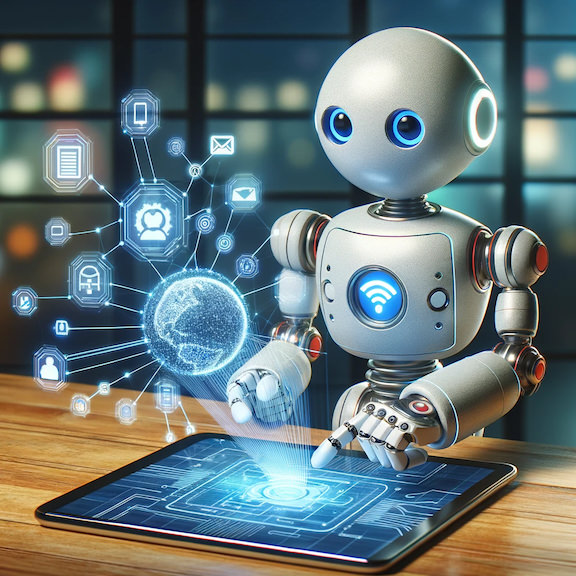AI tools have advanced to a point where they can navigate the vast expanse of the internet. Although LLMs may not fully grasp context, they treat all online posts and comments as factual data. As AI evolves, it might start to “read the room,” learning from individuals’ responses to its outputs. However, this could lead to AI reinforcing harmful beliefs, which is a concern for societal well-being.
Despite these potential drawbacks, AI can access and process an immense volume of information, far beyond human capabilities. Unlike responses influenced by limited knowledge or corporate agendas, AI’s answers are derived from years of accumulated data. This includes everything from front-page news to overlooked comments in an article thread, offering fresh perspectives.
The quality of AI-generated answers may raise some questions, particularly regarding the reliability of sources. Yet, the speed and availability of these responses are often invaluable, especially when they can expedite projects, enhance conversations, and contribute to successful outcomes. AI’s potential extends to aiding those in less connected, challenging environments, addressing social and economic disparities. Even if occasionally inaccurate, a well-informed individual, aided by AI, might overcome their current limitations.
Reflecting on social and familial influences on decision-making, I recall a scenario where a person didn’t pursue programming due to a lack of encouragement from their circle. This isn’t to suggest replacing personal connections with AI. Instead, AI could offer additional reinforcement, tools, and guidance, potentially inspiring new directions beyond one’s immediate social norms. While not everyone should aim to be an engineer, AI can facilitate quicker success in various fields of knowledge.
AI’s potential extends beyond individual development and business efficiency, particularly in addressing severe global challenges. AI can stimulate innovations in the scientific community by synthesizing valuable insights from online scientific discussions. For instance, in addressing colossal issues like asteroid threats, AI could offer new perspectives by deciphering complex information from various scientific disciplines.
AI may be able to revolutionize healthcare by accelerating the discovery of antivirus strategies through learning from online medical discussions. AI’s ability to rapidly compile solutions can outrun human effort. AI can also tackle global hunger by quickly exploring and implementing innovative ideas from agricultural forums.
As the world has moved to quick bites of information, quick cut videos and snippets news articles, AI may be able to entice someone to read longer text by teasing through its ability to quickly summarize text and video. By summarizing information efficiently and accurately, AI not only improves communication but also extends self-learning, enhancing knowledge democratization across various fields.
Please note that if you purchase from clicking on a link, it may result in my getting a tiny bit of that sale to help keep this site going. If you enjoy my work, perhaps you would consider donating to my daily cup of coffee, thank you.







